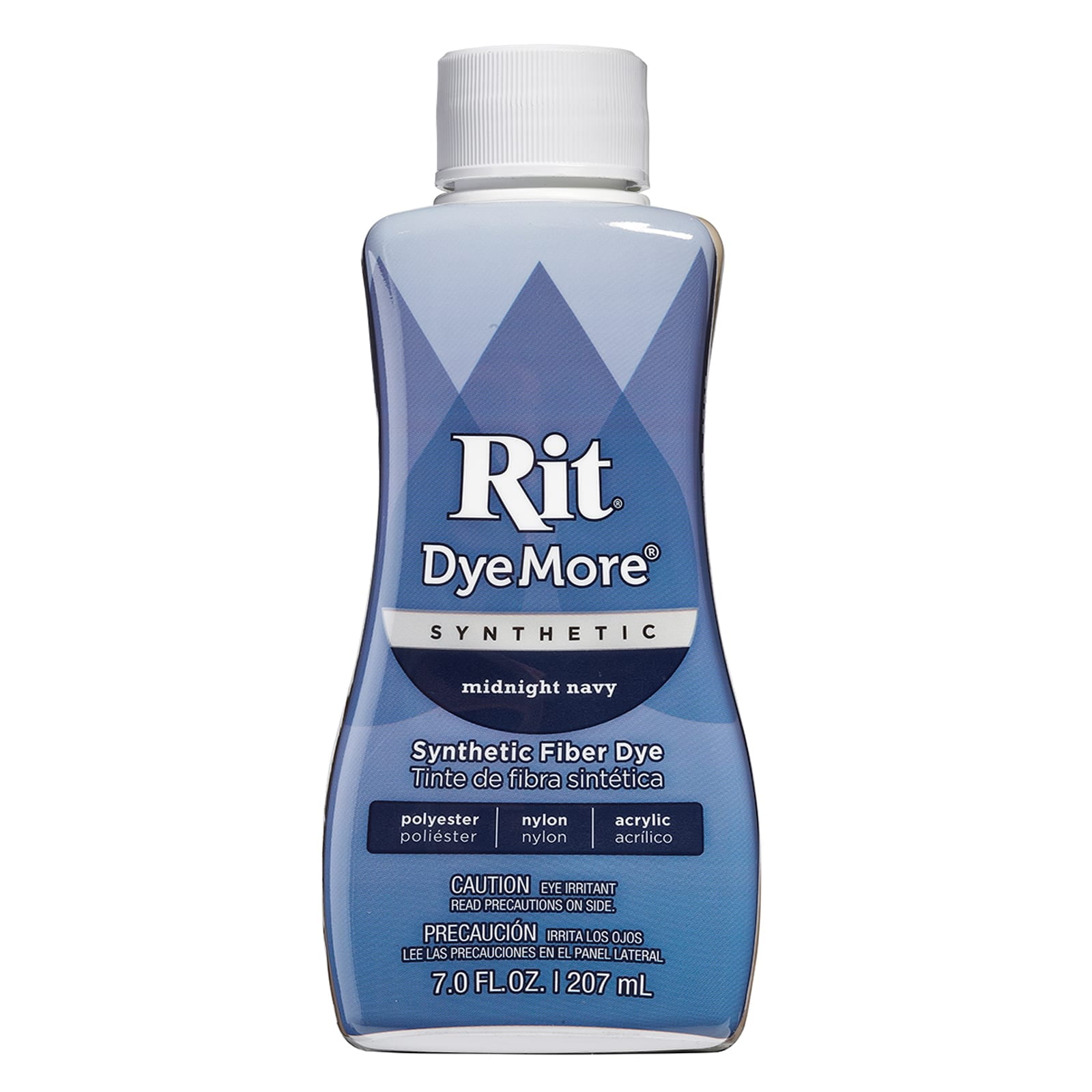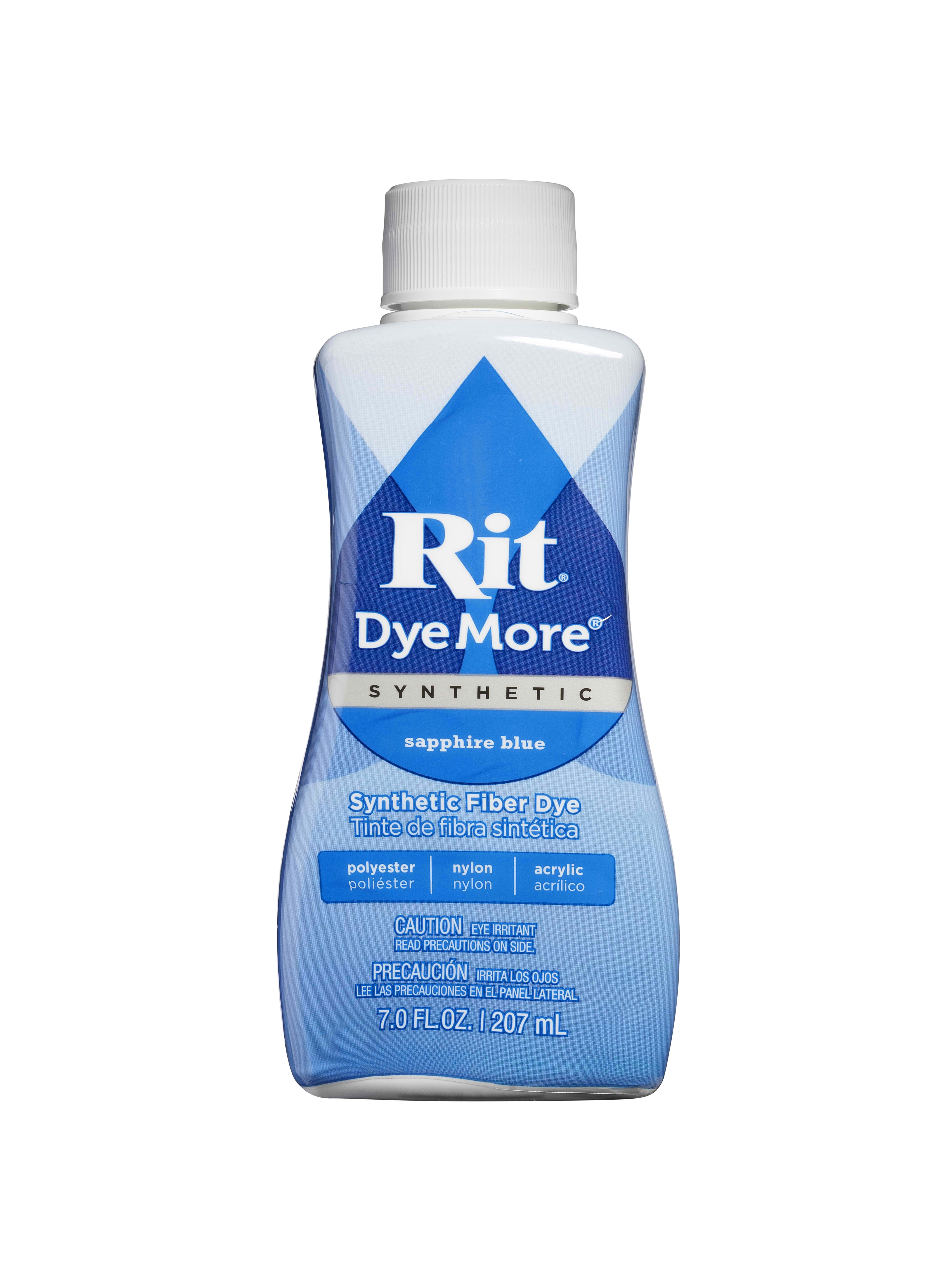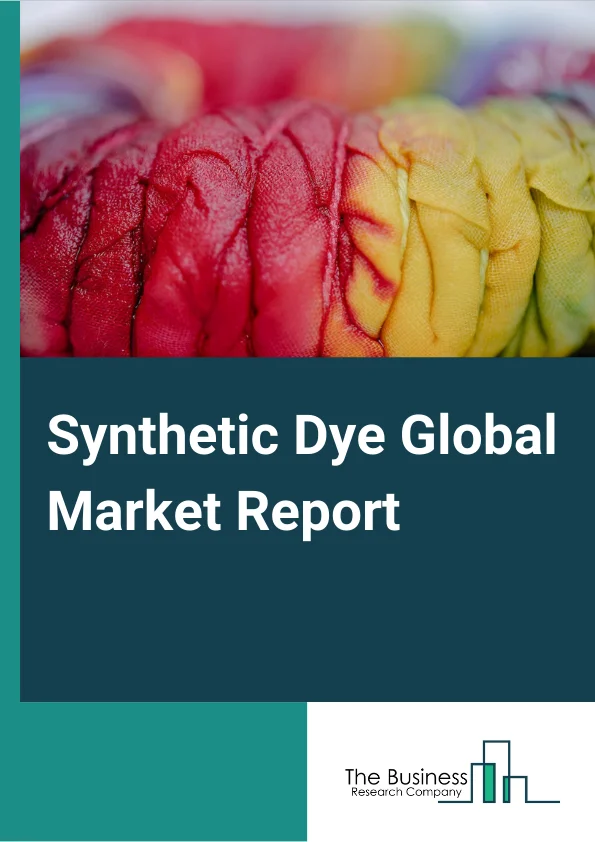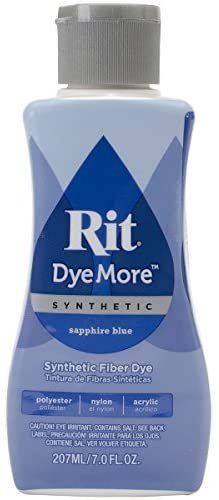
Dye - Synthetic, Organic, Colorants
Dye - Synthetic, Organic, Colorants: Perkin’s accidental discovery of mauve as a product of dichromate oxidation of impure aniline motivated chemists to examine oxidations of aniline with an array of reagents. Sometime between 1858 and 1859, French chemist François-Emmanuel Verguin found that reaction of aniline with stannic chloride gave a fuchsia, or rose-coloured, dye, which he named fuchsine. It was the first of the triphenylmethane dyes and triggered the second phase of the synthetic dye industry. Other reagents were found to give better yields, leading to vigorous patent activity and several legal disputes. Inadvertent addition of excess aniline in a fuchsine preparation resulted in the
Dye, substance used to impart color to textiles, paper, leather, and other materials such that the coloring is not readily altered by washing, heat, light, or other factors to which the material is likely to be exposed. Learn more about the properties, uses, and development of dyes in this article.

Difference between Dyes and Pigments - Textile Learner
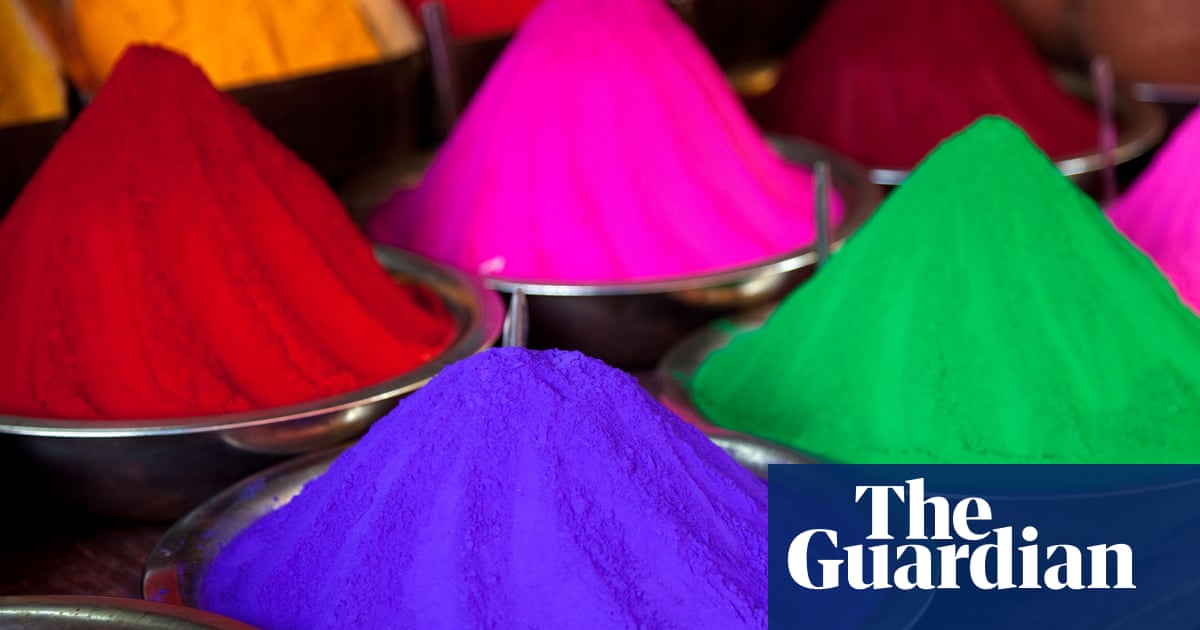
Natural dyes v synthetic: which is more sustainable?, Guardian sustainable business

3D Fluorescence Characterization of Synthetic Organic Dyes

Global Dyes And Pigments Market Size & Growth Report, 2030

Introduction to dyes Dyes are organic compounds which are widely used for imparting colour to textiles. They are produced either chemically or from plants. - ppt download

Aline Dye's Instagram, Twitter & Facebook on IDCrawl
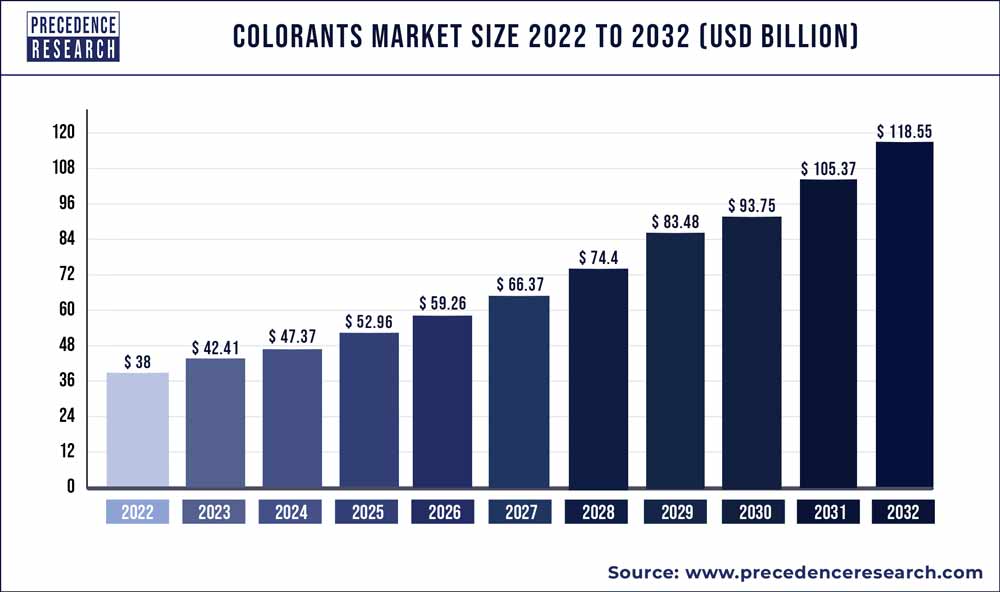
Colorants Market Size, Trends, Growth, Report 2032
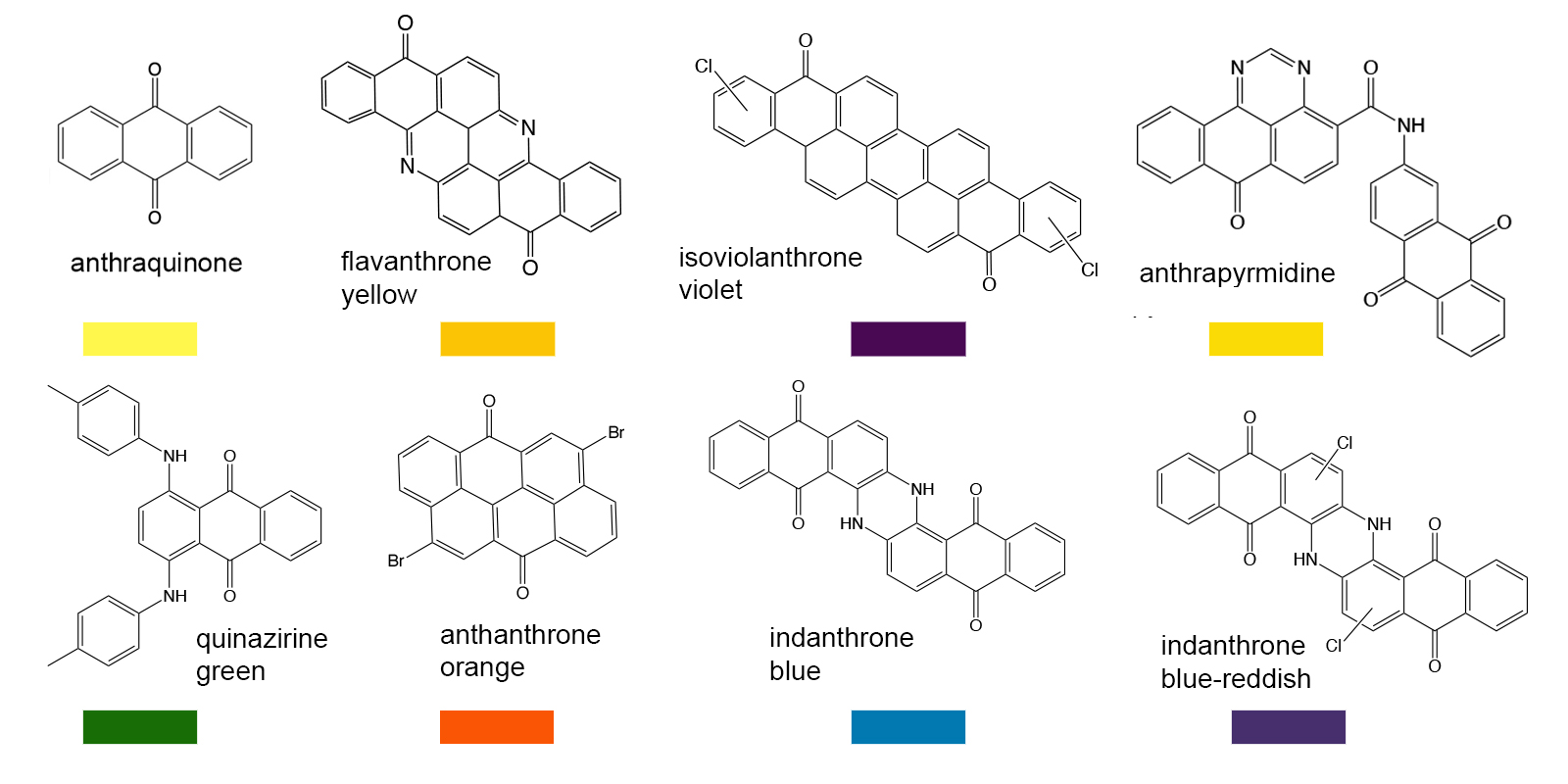
Organic Pigments
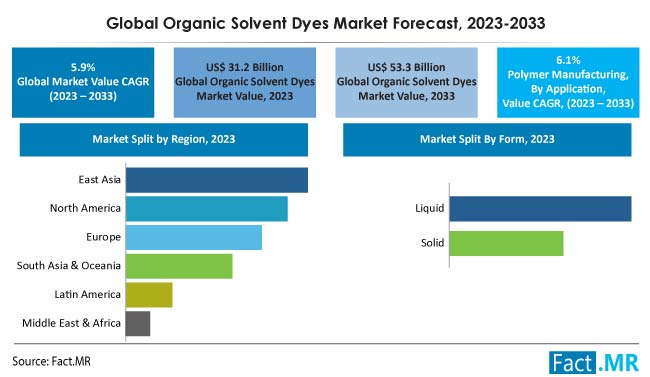
Organic Solvent Dyes Market Size, Demand & Growth Report 2023

PDF) Importance of natural dye over synthetic dye: a critical review
